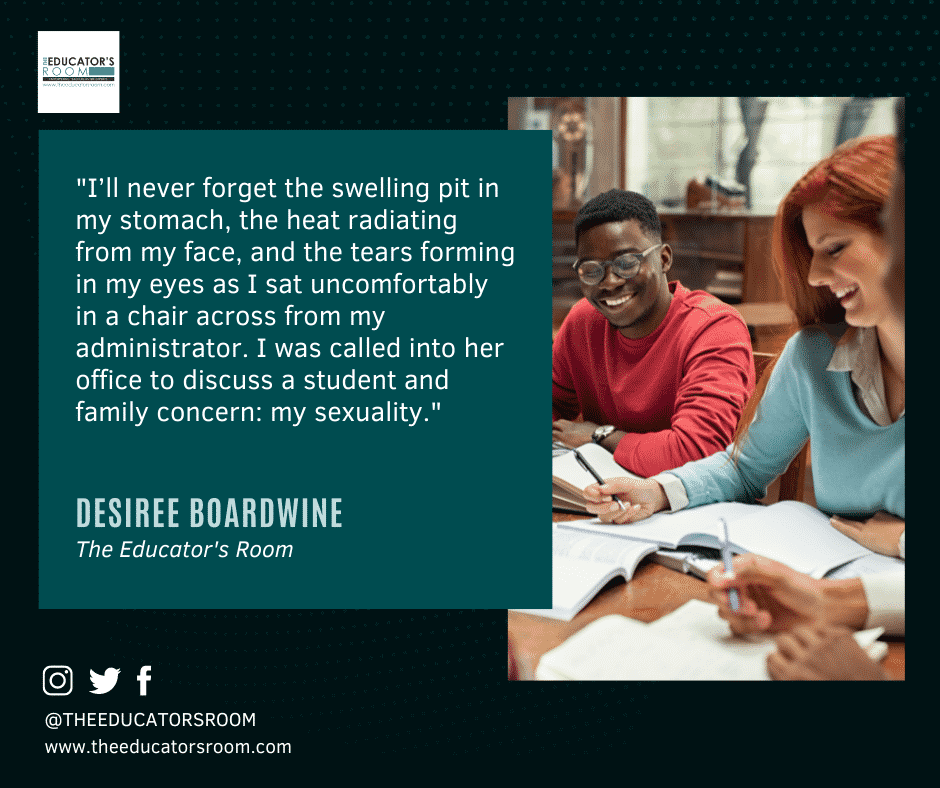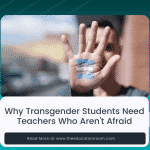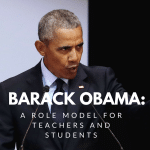Have you signed up for The Educator’s Room Daily Newsletter? Click here and support independent journalism!
Desiree Boardwine
I’ll never forget the swelling pit in my stomach, the heat radiating from my face, and the tears forming in my eyes as I sat uncomfortably in a chair across from my administrator. I was called into her office to discuss a student and family concern: my sexuality.
“The parents called the central office.” My toe tapped nervously on the ground. “They asked if we knew and what we’re going to do about it.” I sipped my coffee, my hand shaking as I brought the shiny black travel mug to my lips. “The student will be switching teachers.”
That was the first time a student switched out of my class after finding out I’m a lesbian.
Educators across the globe will tell you that one of the most important things about teaching is making authentic and meaningful connections with students, but how can educators in the LGBTQ+ community do that when they’re afraid to be themselves? How can we create safe spaces for our students when many of us don’t feel safe ourselves?
I’ve always been envious of the teachers who have pictures of their families on their desks. The ones who can openly talk about getting married, or expecting a baby. It’s normal for heterosexual teachers to share these aspects of their personal lives. It’s a conversation starter with students; it helps form deep, meaningful connections and relationships. Though I live my life outside of work as an out and proud lesbian, I often find myself actively hiding these details from my students.
Relationships determine how we speak and what we talk about with others. It is not uncommon for me to hear anti-queer jokes or slurs in my classroom or in the hallway. Though some students may not understand the weight of their speech, the effect on LGBTQ+ students and staff members is the same: a sense of uneasiness, worry, and fright. According to the Journal of Educational Leadership and Policy Studies, over 90% of LGBTQ+ educators have encountered homophobic or transphobic comments. LGBT Educators’ Perceptions of Safety and Support and Implications for Equity-Oriented School Leaders sheds light on some of the hardships faced by LGBTQ+ educators. Its research found that educators not only endured hurtful comments from students but staff as well. Additionally, many of these educators didn’t receive support from administrators when reporting these incidents.
One teacher shared, “Once my class was covered in graffiti after having a substitute. The words ‘f****** f*****’ were written all over the walls, board, and computer monitor screen in permanent marker. Nothing was done about this.”
The need for equity-driven school leaders is evident. Though it can be argued that significant positive changes have been made throughout the last decade, such as marriage equality, many LGBTQ+ educators still don’t feel safe enough to be open and honest about their sexuality or gender identity. This significantly impedes their ability to make genuine connections with their students. To ensure that teachers are creating safe spaces for their students, administrators and school leaders should be making an effort to educate, implement, and uphold policies and practices that challenge heterosexual and cis norms and condemn anti-queer speech. Their actions must be intentional and help to create a climate and culture of inclusivity and acceptance. Encouraging queer staff members to do something as simple as placing a photo of their family or partner on their desk can create long-lasting positive change and safer educational spaces for all.






